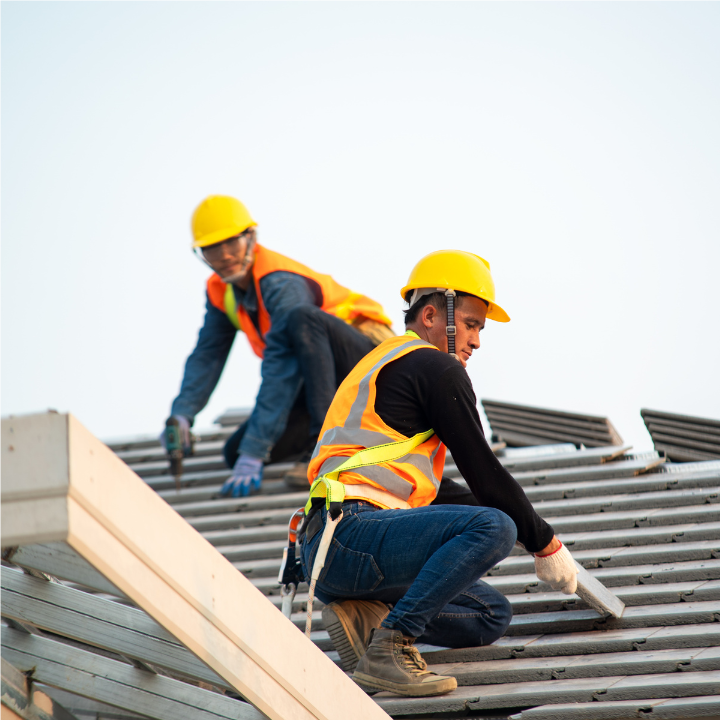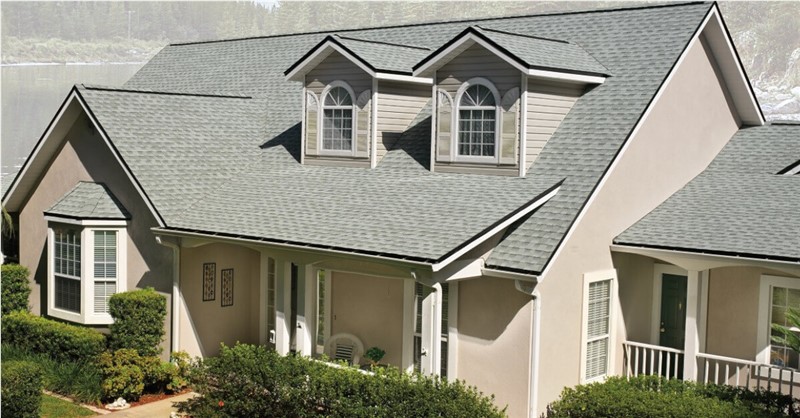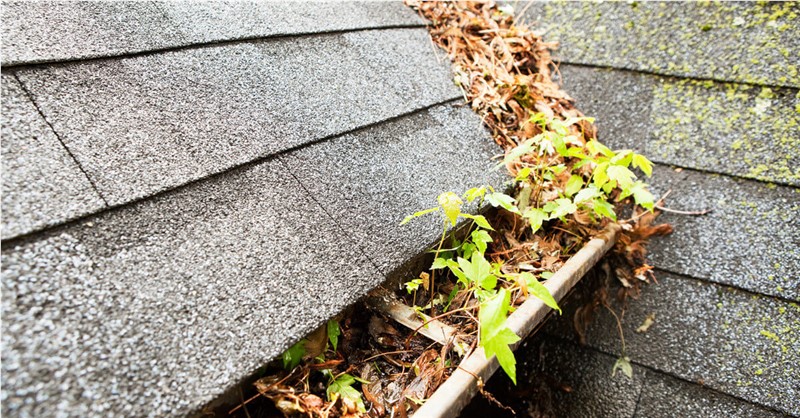When you said you wanted to go green when you get a new roof installed, discovering moss and algae all over your current roof wasn’t exactly what you meant. Finding those black and green stains all over your roof can be disconcerting and leave you with questions. What exactly are they? Are they just ugly, or will the cause damage to your roof? How do you get rid of them? The bad news is that in addition to being unsightly, moss and algae can damage your roof. The good news is the damage is slow, and prevention and treatment are both possible.

What Are Mold and Algae?
First, although they appear similar to the untrained eye, it’s important to note that algae and moss are not the same. They both thrive in rainy, humid areas, particularly where your roof receives a lot of shade. All they need to grow is relatively warm air, moisture, and protection from sunlight.
Algae
Contrary to popular belief, algae is not a plant. Like mold, it’s an organism spread by spores. The algae on your roof is often caused by the presence of large colonies of airborne algae called Cyanobacteria. It very often causes black staining, although it can also appear brown, grey, blue, or green. The algae grow flush against the shingles and fixtures of the roof as it adheres itself to them and eats away at the limestone filler found in shingles. The staining usually appears in the form of vertical streaks that head down the pitch of the roof. Algae prefer dampness and shade, so they often grown on wood shingles or shakes as well as asphalt shingles that get very little sunlight.
Moss
Moss is a moisture-loving plant that often builds up into small mounds as it grows. The mounds will continue to accumulate into larger tufts and lumps if they aren’t treated. Moss appears green as long as the weather is wet enough, but turns towards brown during drier times. Moss has root-like appendages called rhizoids which allow it to catch airborne dirt to create a layer of soil. This, in turn, allows the moss to continue growing on the roof.
Can Mold and Algae Damage Roofs?
Both algae and moss can cause direct damage to your roof, drastically decreasing its lifespan. The rhizoids in moss burrow directly into the shingles, compromising their integrity. It will also grow up the pitch of the roof over time, which will cause the shingles to lift and curl, allowing for water intrusion, moisture damage, and wood rot. Both moss and algae retain moisture, which means they cause water to sit on the surface of your roof instead of flowing off. This also has the potential to damage the shingles as well as cause exterior and interior water damage. Finally, the growth and staining caused by both organisms can affect your roof’s ability to reflect sunlight drastically decreasing its energy efficiency.
Prevention and Cleaning
Prevention is the best way to avoid damage from moss and algae to your roof.
-Trim Trees
Trees that hang over your roof can block sunlight and trap moisture after it rains, creating an ideal environment for both algae and moss to grow.A roof that gets a lot of sunlight is far less likely to have issues with moss and algae, so trimming back tree limbs goes a long way in preventing their growth.
-Remove Debris
Debris buildup on the shingles and gutters can also encourage the growth of both moss and algae.When debris like leaves, twigs, and pine needles build up on the roof, they trap moisture.Also, debris buildup inside the gutters prevents water from flowing off the roof properly, adding to the moisture levels that allow algae and moss growth.
-Change Roof Material
If you live in an area that’s prone to weather conditions that are favorable for moss and algae, consider upgrading your roof to copper-infused asphalt shingles.The copper in these shingles prevents moss and algae from growing in the first place.You can also consider improving your ventilation because the ridge vents in your roof provide the most aeration, which will deter growth.
Do-it-yourself cleaning can be done for algae and moss, but it’s a bit finicky, and it can be difficult to not damage the roof. Pressure washing will almost always damage shingles by washing away the granules. A low-pressure wash with a half-water half-bleach solution is the best way to handle the cleaning on your own if you’re going to attempt it. Professional roofing companies will know the best way to clean your roof, or, if they don’t offer cleaning themselves, will know the right person to send you to.
Subscribe to Horizon Restoration's Blog




Comments